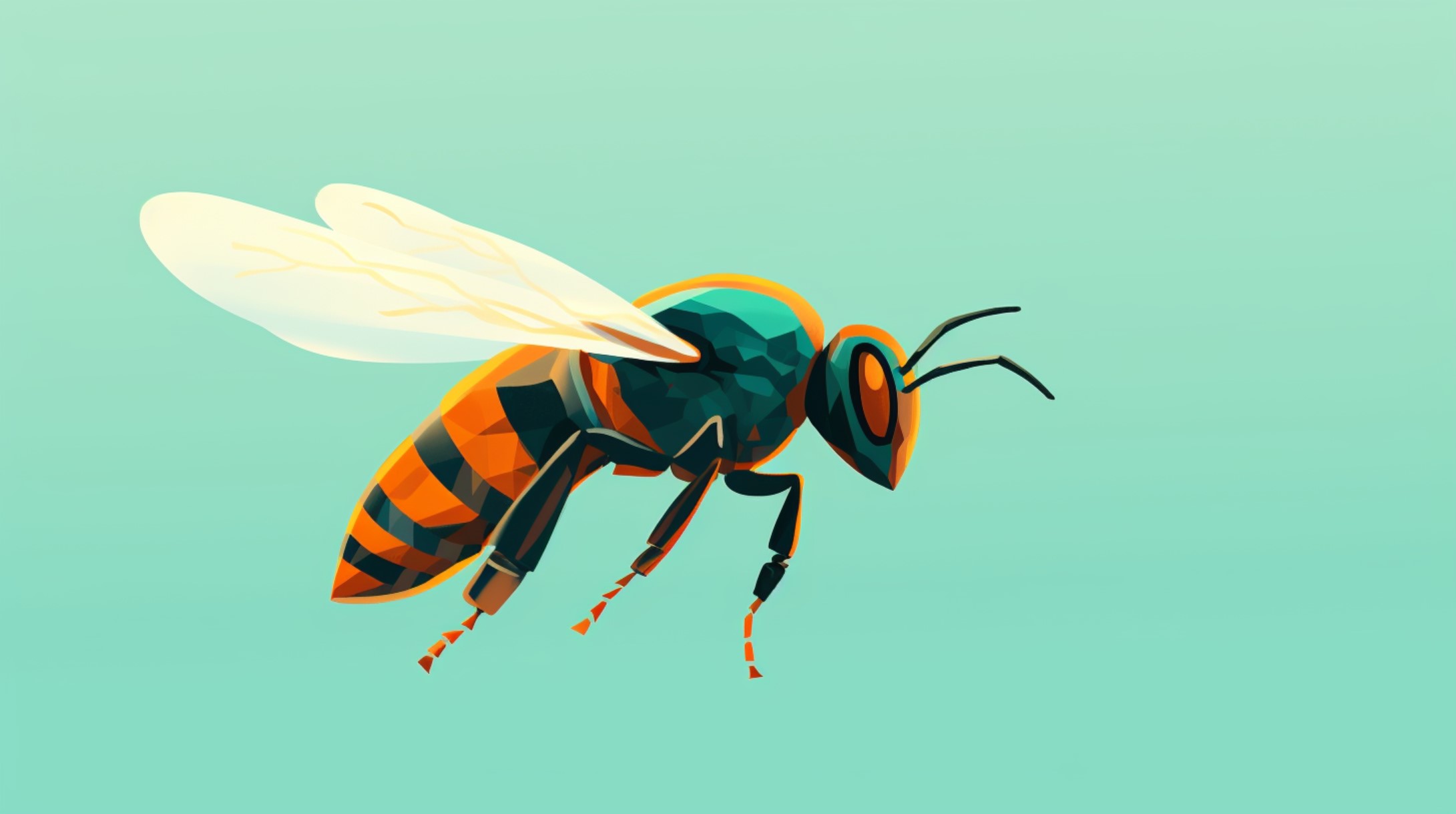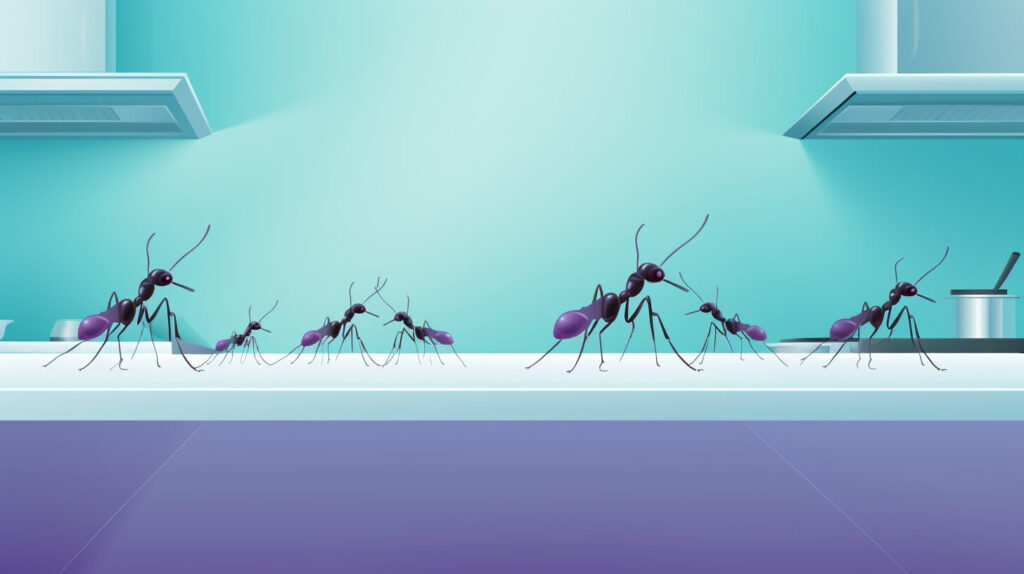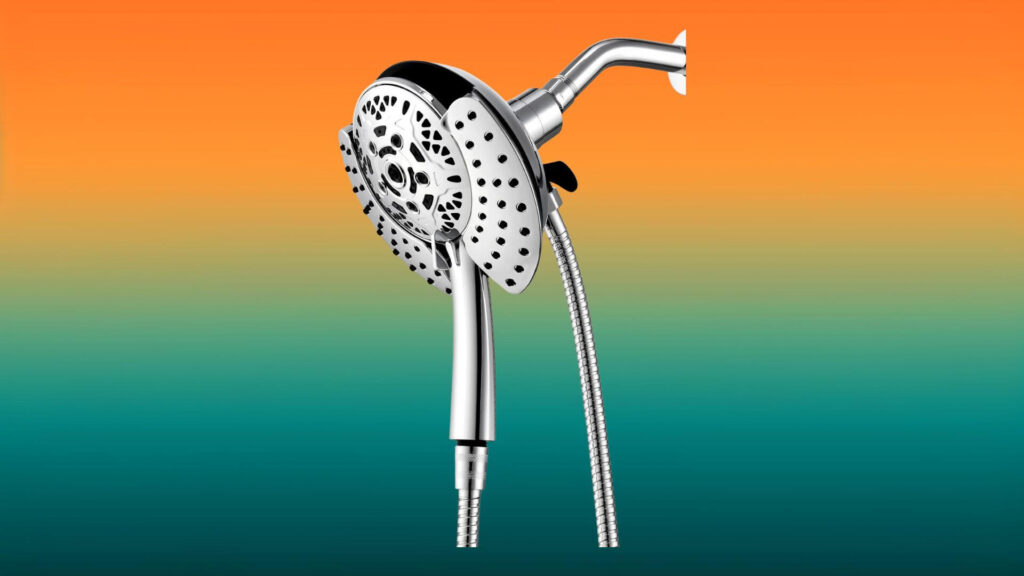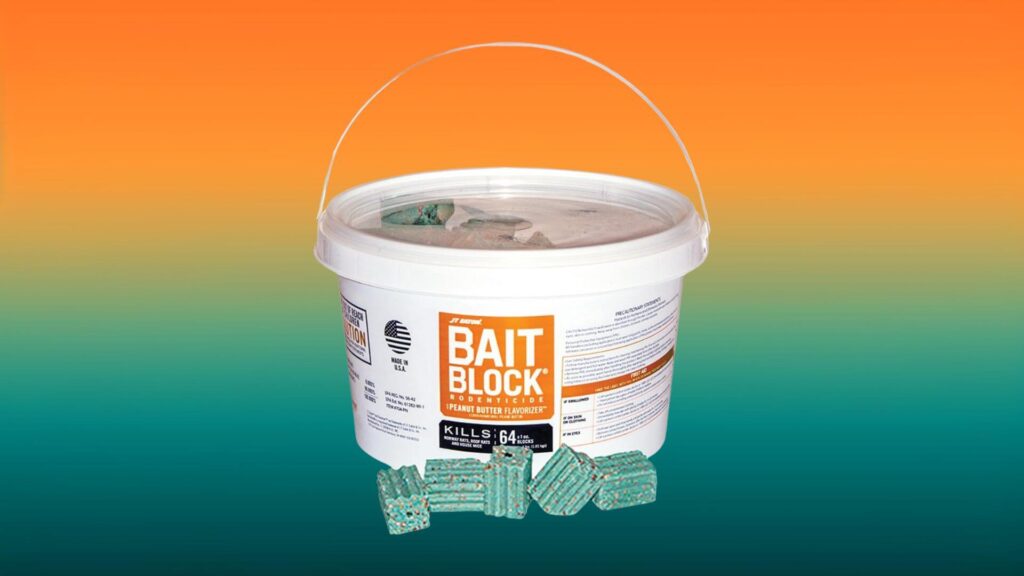
We are reader-supported. When you buy through links on our site, we may earn an affiliate commission.
If you have a swarm of bees living on your property, you’re probably wondering how to get rid of bees’ nests without risking your safety. It’s possible to remove a bees’ nest, whether it is indoors or outside. You do have to be careful, though. First, you will need to identify the bees then consider some safe, humane ways to get rid of them.
Bee Nests vs Hives
If there is a bees’ nest on your property, the first step you need to take is identifying what kind of bees or wasps you’re dealing with. The terms “hive” and “nest” are often used interchangeably, but they are actually different types of structures. Each is built by different types of bees and wasps, as well.
Beehives usually have a wax-like texture rather than the matte, paper-like texture of a nest. If you’re dealing with a beehive, you might want to leave it alone. Beehives are most commonly home to honey bees, which are an important part of the ecosystem.
Honey bees can even be beneficial if you have a garden nearby since they help fertilize flowers. Plus, honey bees are typically harmless unless directly threatened. Since they die when they sting, they usually won’t sting unless they perceive a threat to their hive.
If the bees’ structure looks more like a papery ball or lump, often hanging from a tree branch, then you have to be more careful. This is most likely a nest, which usually houses much more dangerous types of bugs. Wasps, hornets, yellow jackets and carpenter bees all live in nests rather than hives. These bees can sting more than once and they are typically much more aggressive than honey bees.
It’s important to note that the characteristic honeycomb shape can be found in either hives or nests. It’s the texture of the structure that’s easiest to identify. Waxy means it’s a hive while papery means it’s a nest.
How to Get Rid of Bees Nests Humanely
If you’re wondering how to get rid of bees’ nests, your first instinct might be to simply get some bee killer to spray all over the nest. However, this isn’t always the best option. In fact, wasp and bee killer sprays are often a painful way to kill these bugs and pose hazards to other animals, as well.
Wasp killer spray can harm fish and other aquatic animals. If you get any on the grass, floor or other surfaces, it can pose a health risk to any land animals that come into contact with it, including pets.
Additionally, keep in mind that even wasps and hornets are valuable parts of the ecosystem. They prey on many annoying bugs, such as flies. Much like spiders, bees, wasps and hornets get a bad reputation, but they are still crucial for maintaining natural food chains. So, if you don’t have to kill them, simply leave the nest or hive alone.
However, if the nest or hive is posing a safety threat, you might have no choice but to get rid of it. There are humane ways of doing this that will cause the least amount of harm to you, the bees and the surrounding environment.
Wait for Cold Weather
The easiest solution is waiting until freezing weather, if possible. If it is near the end of summer and you expect temperatures to drop within a couple of weeks, it’s probably worth it to just wait. Bees, wasps, hornets and similar bugs either go dormant or relocate when it gets cold. So, this may provide a good opportunity to safely remove the nest or hive.
This method relies on a confident diagnosis of what type of bees you’re dealing with, though. Not all species of bees abandon their nests or hives in the winter. You don’t want to try picking up a seemingly abandoned hive only to find the honey bees were asleep inside. So, always consult an expert before attempting to remove a hive or nest after cold weather.
Smoke
You can also use smoke to chase away the bees. All bees are naturally scared of smoke because they associate it with forest fires. So, even a little bit of smoke aimed directly at the hive can get all the bees to flee. They won’t usually come back afterward, either.
If you are going the smoke route, wait until early nighttime, shortly after dark. Bees are less active at night and that’s also when the majority of them will be in the hive. Use dead firewood to create the smoke and allow it to burn for at least an hour.
Do not stand anywhere close to the hive or nest while you do this! The frightened bees might perceive you as a threat if you do. Instead, watch from a safely sealed window. Wait until no bees have come or gone from the hive or nest for a while. At that point, they are most likely all smoked out and it should be safe to remove the nest.
If you have protective gear you can wear, that is a good idea. This method usually gets all of the bees out, but it’s always possible that a few stubborn bugs will try to stick around. Use a thick, heavy duty trash bag to wrap up the abandoned hive or nest. Tie the bag tight and throw the entire thing away.
This is a very humane way to get rid of bees. It doesn’t kill any of them off or completely exterminate them. The bees will be scared of the smoke, but they should not get hurt. They will simply relocate and continue to go about doing their important jobs in the ecosystem.
Natural Bee Repellents
There are some substances and plants that bees naturally do not like. Sometimes you can use these natural bee repellents to get a pesky hive or nest to find a new neighborhood.
Plants like citronella, wormwood, mint and basil are all examples of natural bee repellents. Bees also don’t like certain herbs and foods, namely cinnamon, cucumbers and citrus fruits. Vinegar and garlic sprays can also help chase bees away.
You have to be careful about placing these natural repellents if the bees are already hanging around their nest or hive. Wait until night time when the bees are least active. After safely placing the repellents or, in the case of vinegar and garlic, spray a natural liquid repellent, simply wait and observe. You may need to spray or place more of the repellents, but they should eventually start to annoy the bees and drive them away.
Contact a Local Beekeeper
When you’re trying to figure out how to get rid of bees’ nests on your property, it can be easy to focus on either killing or chasing away the bees. There may be one other option, though.
Before going on, it’s important to clarify: this method usually only applies to honey bees specifically.
Local beekeepers or bee experts in your area may be able to remove the bees without hurting them. They will either add the bees to a human-made hive where they can produce honey or they will relocate the bees to a safer outdoor space. Local beekeepers can also help you identify the bees on your property.
American Beekeeping maintains a nationwide directory of beekeepers in every state where you can find contact info for a nearby bee expert.
How to Deal With Indoor Bees Nests and Hives
You have to be extra careful if you have a hive or nest inside your home. Figuring out how to get rid of bees’ nests in places like walls or attics is more complicated and risky compared to outdoor nests.
First, don’t try to smoke out bees’ nests or hives that are indoors. This is dangerous for humans and pets and will be difficult to clear out afterward. Natural bee repellents may help keep the bees under control indoors, but they likely won’t get the bees to leave since they are in a contained space.
In this situation, the safest and most effective solution is to call a local bee expert or pest removal service. An expert should at least be able to tell you what kind of bees you are dealing with and give advice about how to safely remove the nest or hive.
When to Call a Professional
Having bees in or around your home can be scary, especially if you have children or pets. Sometimes you can figure out how to get rid of bees’ nests or hives on your own with minimal safety issues. However, it’s not always wise to go the DIY route.
Call a professional if you aren’t sure what kind of bees you have or if the nest or hive is indoors. Likewise, an expert is most likely needed if the nest or hive is especially large. If you try to get rid of the bees yourself and don’t have any luck, a professional should be able to resolve the issue.







